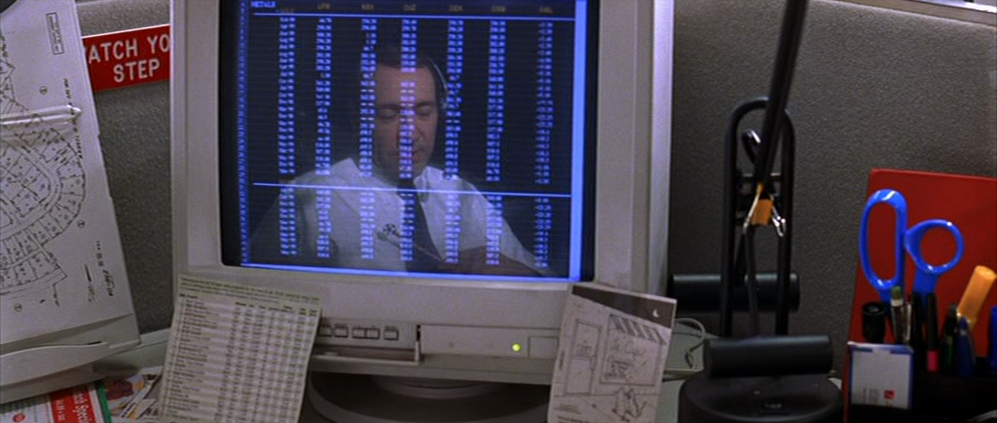This essay is about the film Dredd and why it was not
success at the box office.
Pre-Production
Pre-production is a huge part of making a film such as the
script will be written and changed multiple times and the locations, props,
cast members, costumes, special effects and visual effects are all decided. The
film's producers were Alex Garland, Andrew Macdonald, and Allon Reich. Dredd
was distributed by Entertainment Films Distributors and Lionsgate.
Entertainment Films are a British distributor of independent films, founded in
1978 by Michael L Green, they have also done films such as The Inbetweeners,
Scream 4 and many others. Lionsgate are a Canadian/American entertainment
company that was founded in Vancouver, Canada in 1997, the company was founded
by Frank Giustra. Lionsgate have distributed films such as the Hunger Games
series, Expendables 1-3 and many more. The writer was Alex Garland who has also
written films such as Never Let Me Go and Halo. IM global are the biggest film
financing, sales and distribution companies in the world, the company was
founded in Los Angeles, California in 2007 by Stuart Ford. DNA films are one of
the co-producers of Dredd, they are a British film production company founded
by Duncan Kenworthy and Andrew Macdonald, they have also produced films such as
Love Actually, Never Let Me Go and many others. DNA Films partnered with IM
Global, Lionsgate, Reliance BIG Pictures, IMAX and Entertainment Film
Distributors to create Dredd. The majority of the film was filmed in
Johannesburg South Africa because it lowered the cost of employing cast and
crew in place such as Europe, it was also filmed briefly in North London
England. Lionsgate announced their three picture deal with IM Global on the 2nd
November 2010, this meant that Lionsgate had the agreement to produce three
action films. The films distributors had to pay $30 million to show the rights
to show the film in the UK, this helped as then it could reach more of an
audience. Dredd made $30,000,000 from just pre sales which are companies buying
the right to show this film. When Karl Urban announced that he was playing the
role of Dredd at Comic-Con 2010, the film makers knew this would be an ideal
place to announce this as Dredd was created from an old comic book.
Production
Production is the process in which the film is created. The
filming for Dredd took from the 12th November 2010 to early February 2011.
Dredd was primarily filmed in 3D using the Red One MX, Phantom Flex, and
Silicon Imaging SI-2K, some 2D elements were were concerted to 3D in post
production. The camera lenses that was used was the Zeiss Ultra Prime Lenses.
Dredd used the same 'slo-mo' as the film 'Never Let Me Go' which Alex Garland
was the writer for. The opinion of the film makers that Dredd would be a 18
certificate, they did not mind as they knew that with the amount of gore and
drug usage would have made it an 18, although making it an 18 does mean that
the film will lose a lot of younger audiences, this could be a reason why it
didn't do as well as people thought
Post Production
Post production is the final step of making a film and has
the task of editing the entire film, colour correction and adding music. Whilst
editing Dredd there was a disagreement between Pete Travis the director and the
producers and executives, therefore Travis was not allowed to help the in
editing process.
Distribution and Marketing
At the box office Dredd grossed $13,401,683 this is not what
he film makers expected. The way the film distributors got people to watch
Dredd in 3D was that they only released it in 3D in cinemas. This was a bad
step as 4% of audiences physically cannot see 3D imaging, also when a film is
created in 3D 30% of the light is lost when watching therefore making it harder
to see clearer images. Dredd was unfortunately released after Gareth Evans'
film 'The Raid' who's plots are very similar.
The Avengers
Pre-Production
The Avengers was produced by Kevin Feige who has also
produced films such as Guardian of the Galaxy, Iron Man 1-3 and Captain America
1 and 2. The Avengers is not different to the film Kevin Feige usually
produces. The Avengers was distributed by Walt Disney Studios Motion Pictures,
who have also produced films such as all Disney films and Marvel films, there
is no shock that this film did so well in the box office. Having a budget of
$220,000,000 meant that they could hire the best actors and film in more
expensive locations. This film was announced at Comic-Con this meant that the
film would have made an impact as Marvel are one of the biggest comic book
companies in the world.
Production
The Avengers took from 25th April 2011 to 4th September 2011
which is understandable as long film. The cameras used to film The Avengers
were Arri Alexa, Panavision Primo, PCZ and Frazier Lenses, Arriflex 435,
Panavision Primo Lenses, Canon EOS 5D Mark II, Canon EOS 7D, and Canon Lenses
all of these are high quality cameras as they could afford to get the best with
such a large budget. Marvel try to make all of their films 12A, PG13 or lower
as then their films can reach a wider audience.
Post Production
With the developments in CGI this means films such as The
Avengers are becoming easier and less expensive to produce. The Avengers
grossed $623,279,547 which is almost triple the budget which was expected as
Marvel has a very large audience. Unlike Dredd, The Avengers is a one of a kind
film as all superheroes have not been in the same film.


